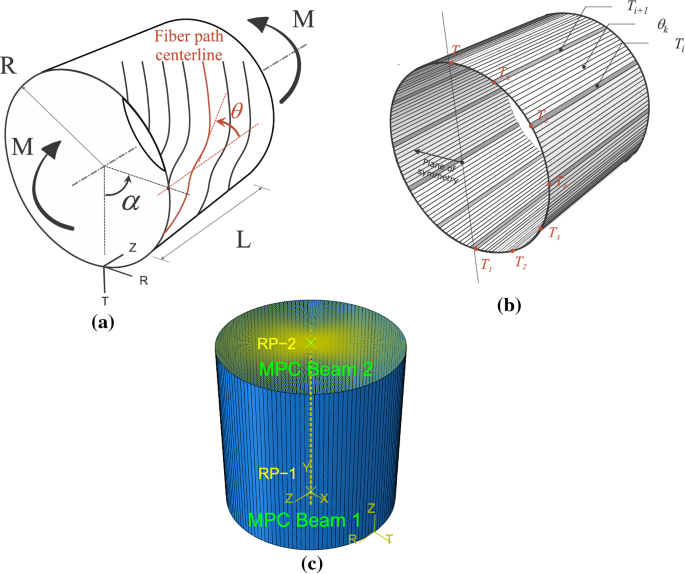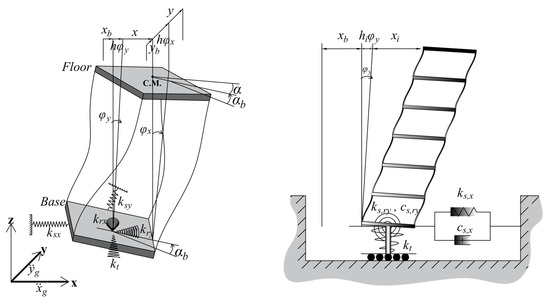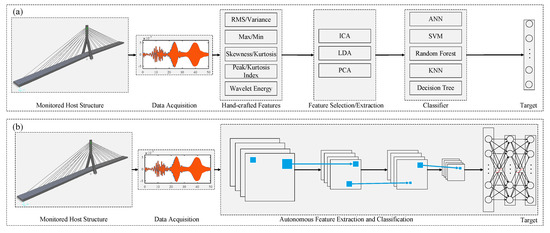
Research & Teaching Assistant
2019–2024

2019–2024
2017–2019

2014–2017

2009–2011

Loading...!

In this study, two binary versions of the Water Strider Algorithm (WSA) are proposed and applied to optimal feature selection in classification problems. In the new binary versions, the formulations of WSA in continuous space are converted into binary space using group-theoretic operators (in AWSA) and sigmoid function (in BWSA). AWSA, BWSA, genetic algorithm (GA), and binary particle swarm optimization (BPSO) are selected and compared over eighteen well-known datasets from the University of California, Irvine repository...

As the automated fiber placement (AFP) manufacturing technology is developed, curvilinear fiber path composite structures received extensive attention. Therefore, developing a design framework capable of optimizing such structures is a significant challenge for researchers and engineers in this domain. In this article, an open-source ABAQUS/MATLAB-based framework is developed for the bending-induced buckling design of variable-stiffness (VS) composite cylinders made using the AFP method. The framework is based on an interface between ABAQUS FE packages with MATLAB environment using Python scripting language…

This study introduces a novel convolutional neural network (CNN)‐based approach for structural health monitoring (SHM) that exploits a form of measured compressed response data through transfer learning (TL)‐based techniques. The implementation of the proposed methodology allows damage identification and localization within a realistic large‐scale system. To validate the proposed method, first, a well‐known benchmark model is numerically simulated. Using acceleration response histories, as well as compressed response data in terms of discrete histograms, CNN models are trained, and the robustness of the CNN architectures is evaluated.

Seismic behavior of tall buildings depends upon the dynamic characteristics of the structure, as well as the base soil properties. To consider these factors, the equations of motion for a multi-story 3D building are developed to include irregularity and soil–structure interaction (SSI). Inspired by swarm intelligence in nature, a new control method, known as swarm-based parallel control (SPC), is proposed in this study to improve the seismic performance and minimize the pounding hazards, by sharing response data among the adjacent buildings at each floor level, using a wireless-sensors network (WSN).

Data-driven methods in structural health monitoring (SHM) is gaining popularity due to recent technological advancements in sensors, as well as high-speed internet and cloud-based computation. Since the introduction of deep learning (DL) in civil engineering, particularly in SHM, this emerging and promising tool has attracted significant attention among researchers. The main goal of this paper is to review the latest publications in SHM using emerging DL-based methods and provide readers with an overall understanding of various SHM applications.

Dynamic characteristics of cable-stayed bridges are widely accepted as valuable indicators to determine their performance in structural health monitoring (SHM). Although research has been extensively conducted in this area, such vibration-based physics methods still face great challenges in improving the effectiveness of damage identification from complex large-scale systems, particularly when other factors, including operational and environmental conditions, may cause high interference to the vibration response. In this study, a framework was developed for data-driven structural diagnosis and damage detection using a support vector machine (SVM) integrated with enhanced feature extraction techniques for rapid condition assessment for large-scale cable-stayed bridges.